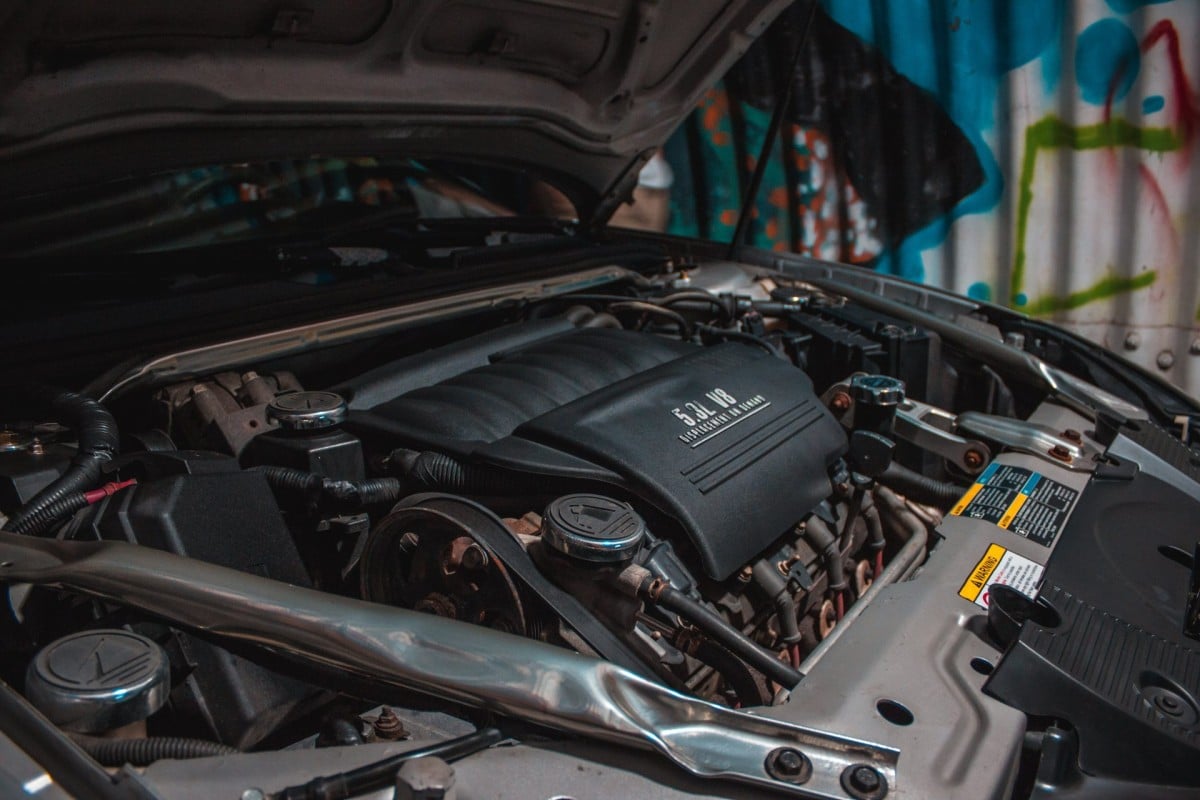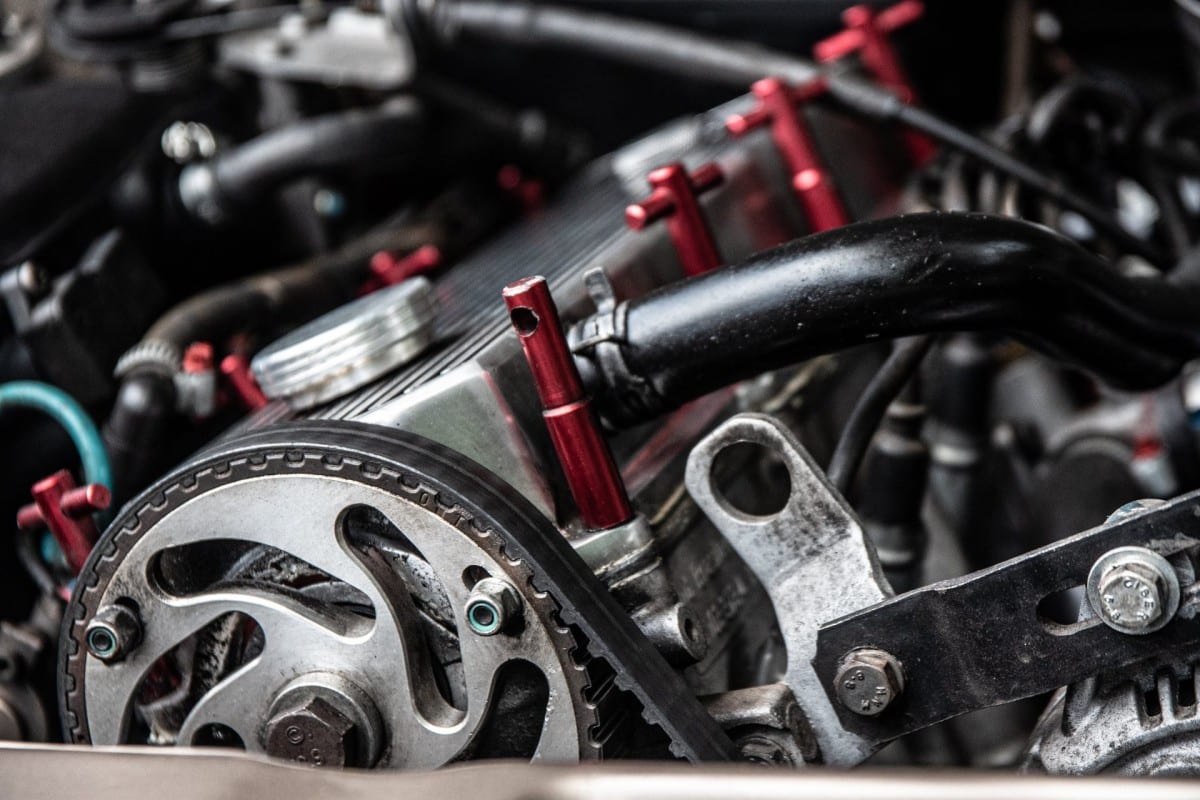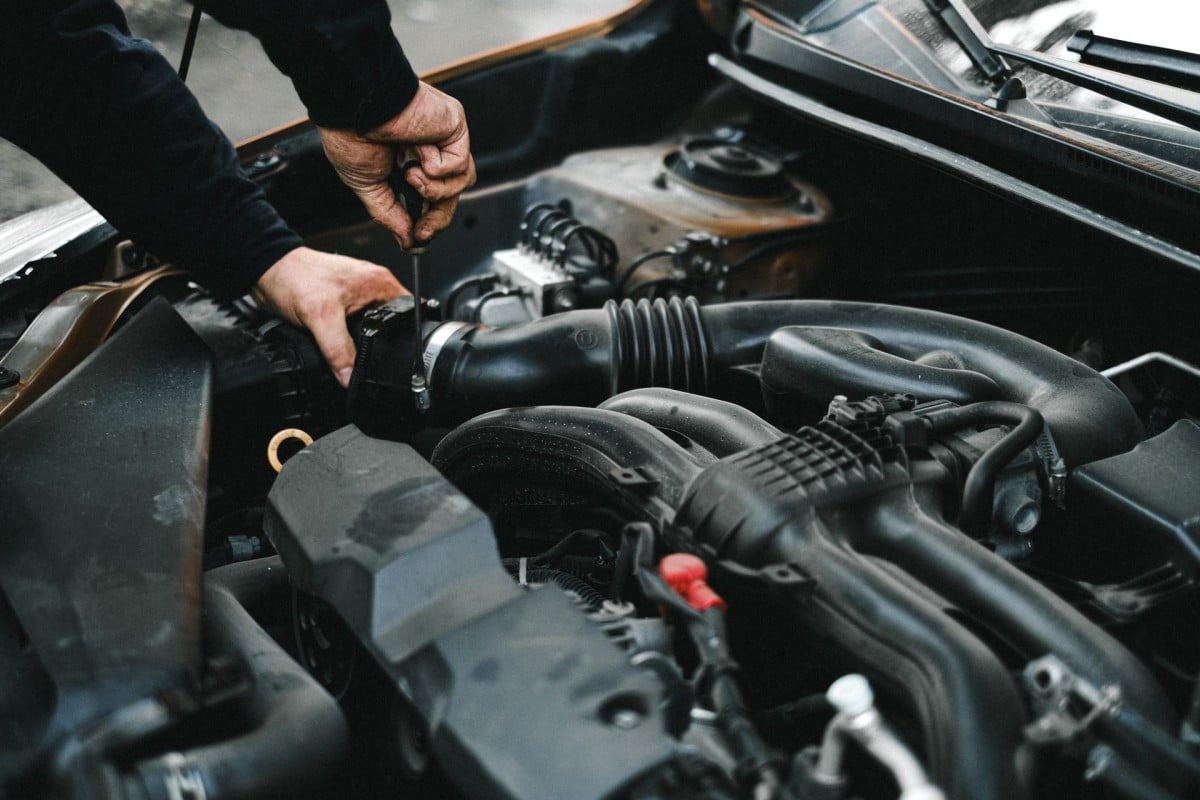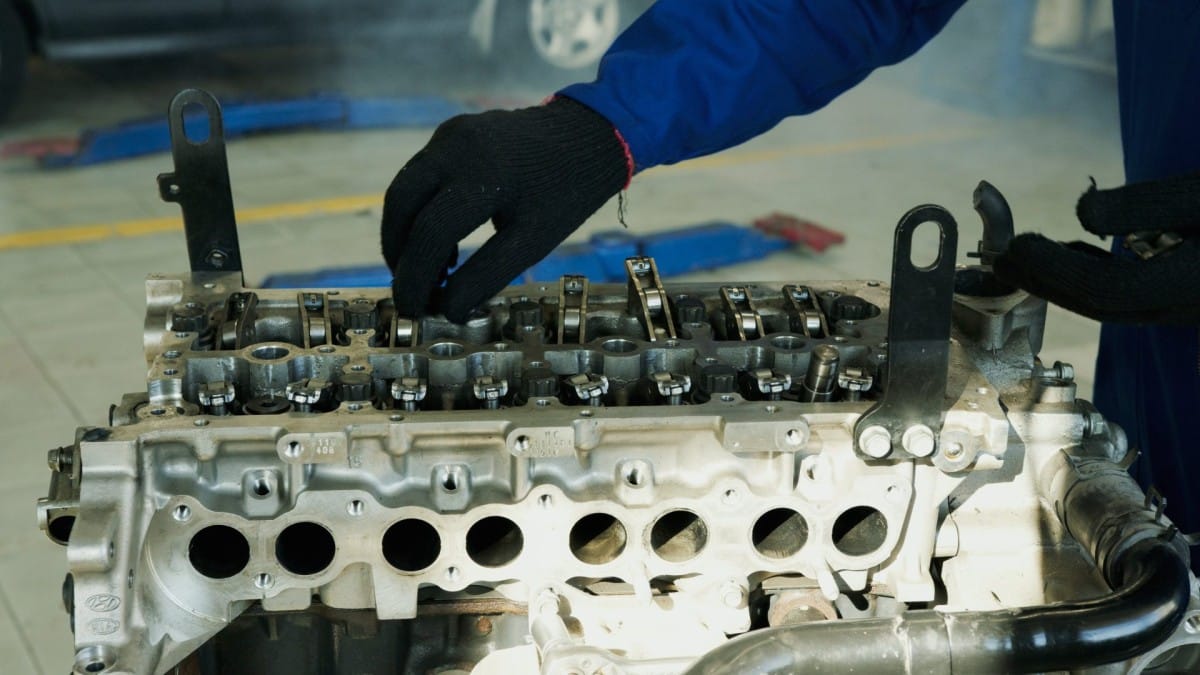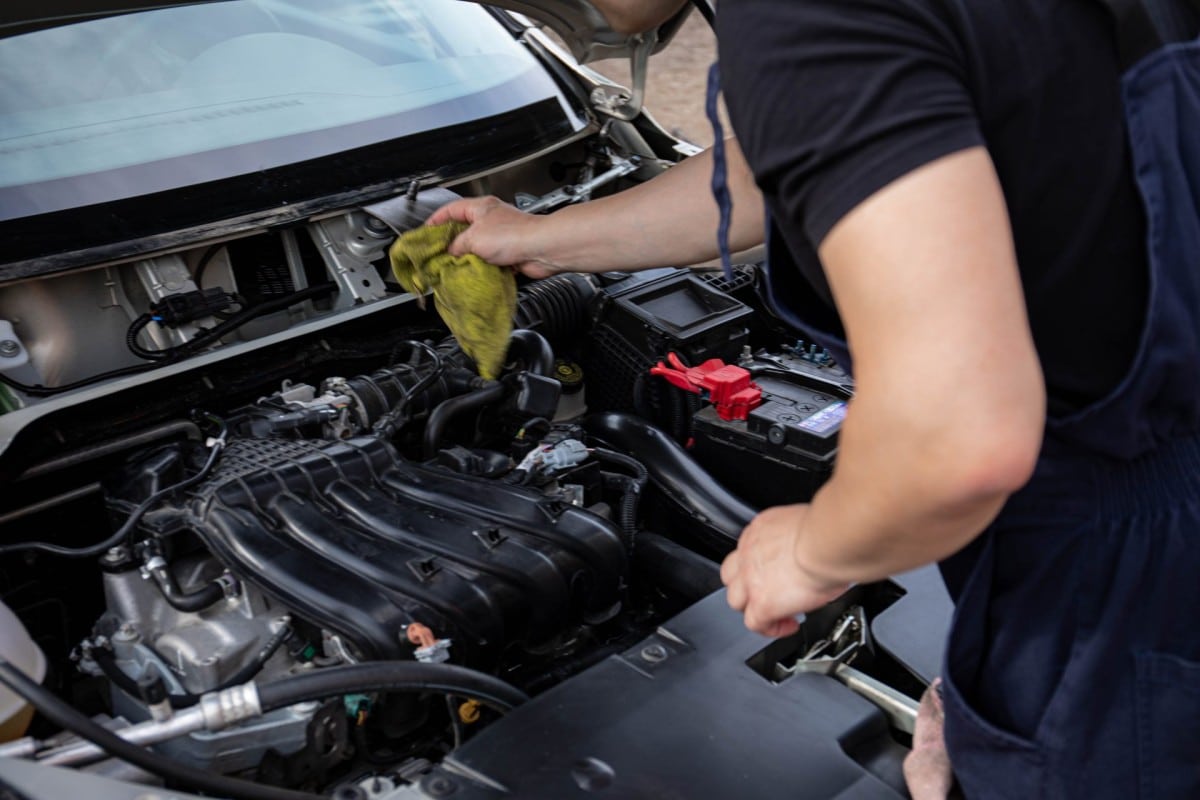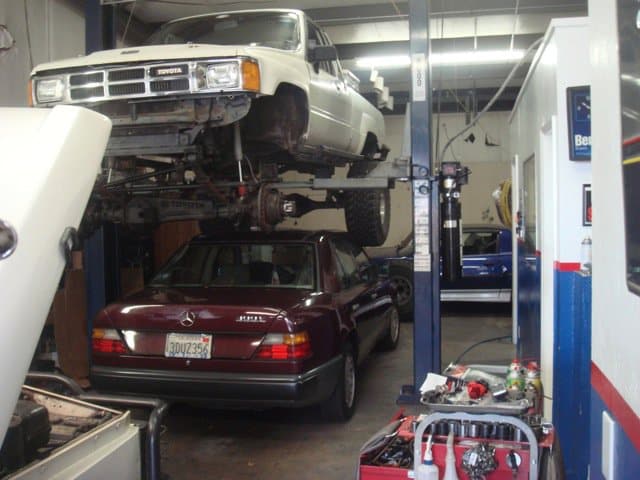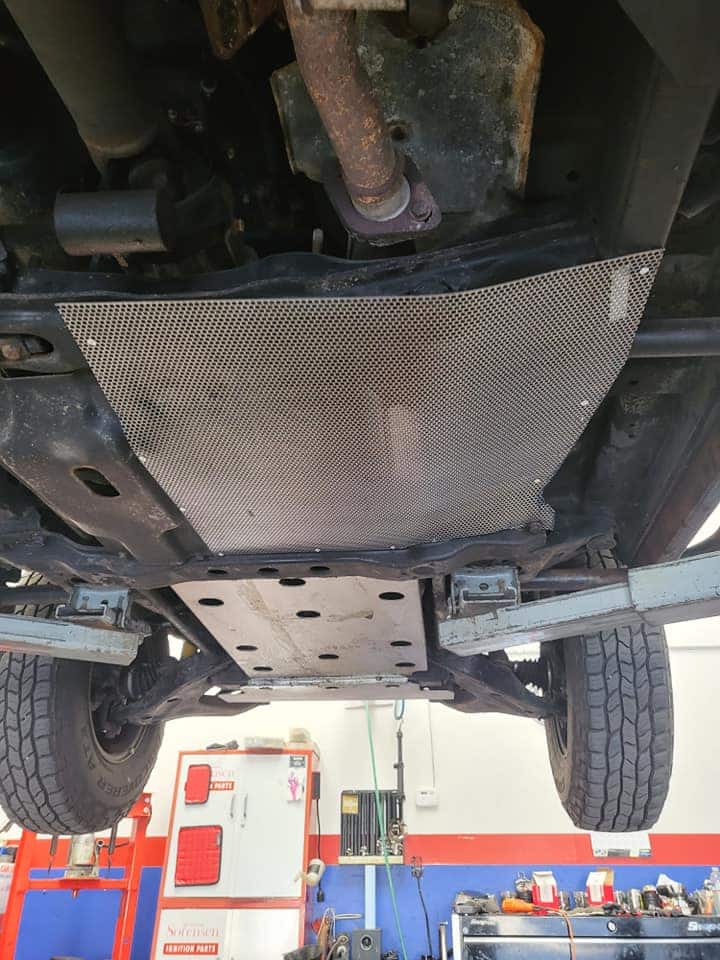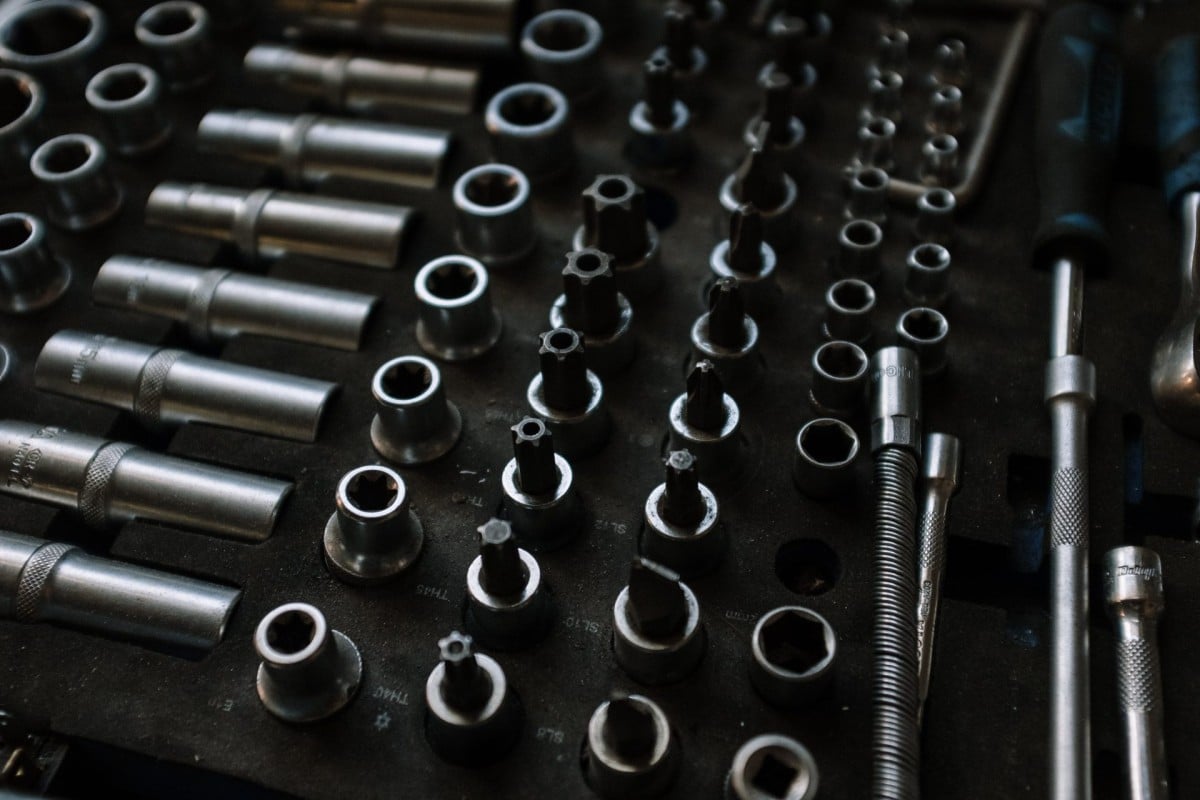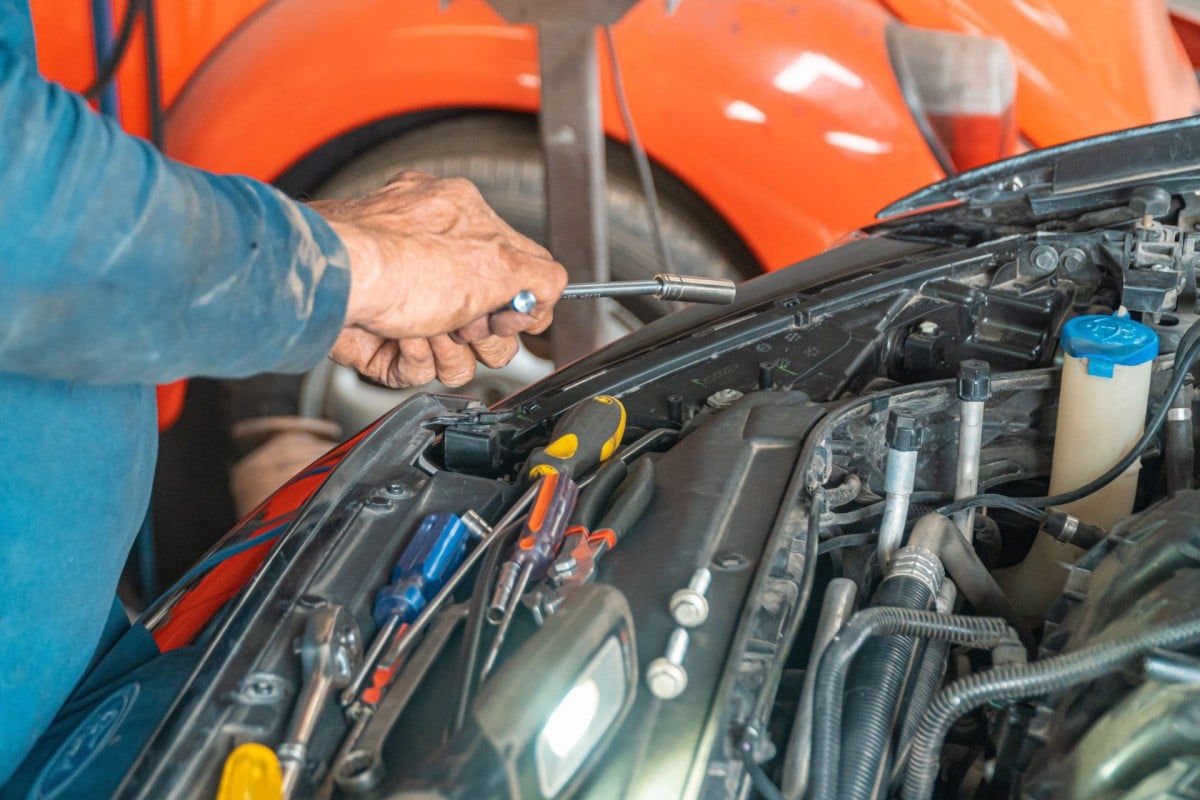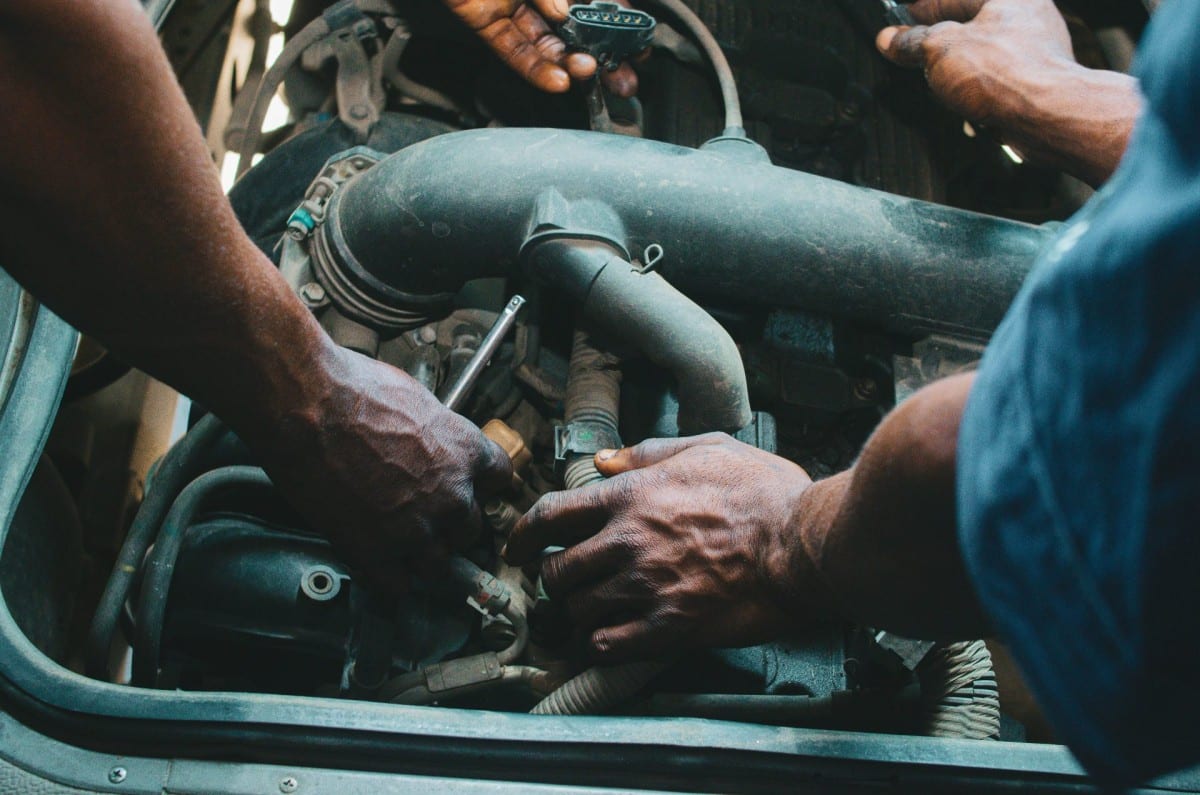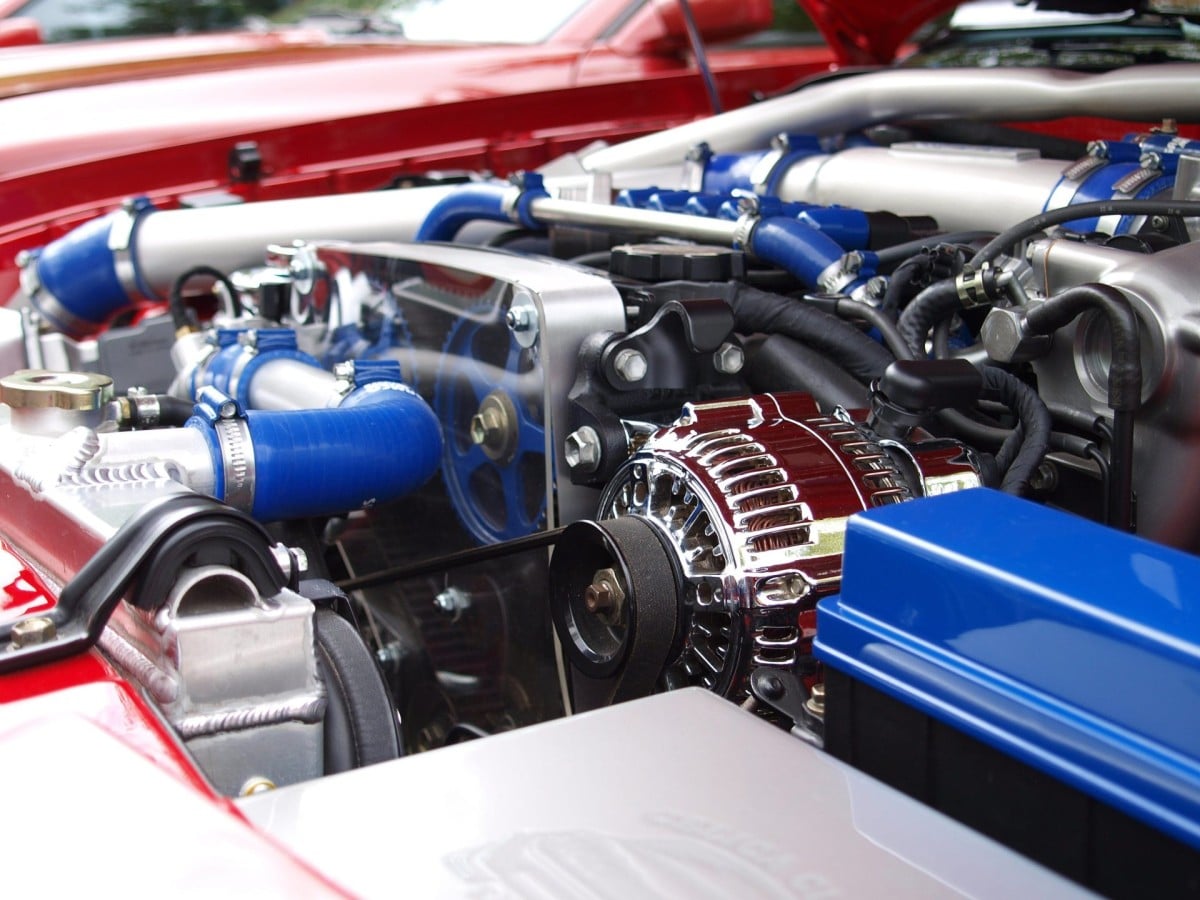Understanding Different Types of Wheel Alignments and When to Schedule Them
If you’re a driver, chances are you’ve heard the term “wheel alignment” before. But what does wheel alignment mean, and why is it important?
A wheel alignment ensures that all four of your vehicle’s wheels are in the proper position, which helps optimize your car's handling as well as its performance. It also helps reduce wear on your tires and suspension components, potentially saving you money in the long run. So understanding when and how to have your wheels aligned is an important part of maintaining a vehicle.
There are three main types of wheel alignments: Front-end Alignment, Four-Wheel Alignment (also known as All-Wheel Alignment), and Thrust Angle Alignment. Here we will explain each type so that you know when it's time to get an alignment for your car or truck.
Front-End Alignment
The most common type of wheel alignment is Front End Alignment (also known as Two-Wheel Alignment). This type of wheel alignment focuses on only two wheels at a time—the front two wheels—and involves adjusting the camber, caster, and toe angles on those two wheels to optimize their performance. It is recommended that you get a front end alignment at least once a year or every 10,000 miles for optimal performance and safety out on the road.
Four-Wheel Alignment (All-Wheel)
Four Wheel (or All Wheel) Alignments usually take longer than Front End alignments because they involve all four tires instead of just two. In addition to adjusting camber, caster, and toe angles on all four wheels individually just like with front end alignments, this type also includes steering angle adjustment in order to ensure that all four tires are pointed straight ahead—a critical step for safe driving conditions. This type of alignment should be done once every two years or every 20,000 miles for optimal safety and performance out on the road.
Thrust Angle Alignments
Thrust Angle alignments focus less on individual tire angles like camber or toe but instead adjust the entire vehicle so that its thrust angle—the direction in which it moves forward under power—is perfectly aligned with where it needs to be for maximum efficiency when accelerating from rest or slowing down from cruising speed. This type of alignment should be done if there has been significant damage to your vehicle's chassis or suspension components due to an accident or other mechanical issue; however it should not be necessary more than once every few years unless there has been significant damage mentioned above requiring repair work first before having this particular kind of adjustment performed by an experienced technician who specializes in this field such as those at Sartorial Auto Repairs in Santa Rosa serving Sonoma County & Sonoma CA..
Conclusion
Now that you understand different types of wheel alignments and when they need to be performed by an experienced technician such as those at Sartorial Auto Repairs in Santa Rosa serving Sonoma County & Sonoma CA., you can keep up with regular maintenance schedules so that your car performs optimally out on the road while increasing safety for yourself as well as other drivers around you! Schedule your next appointment today!


